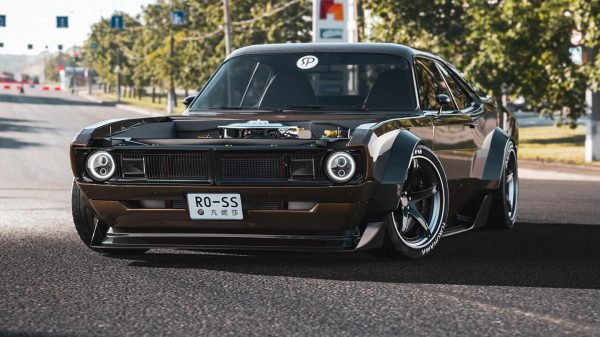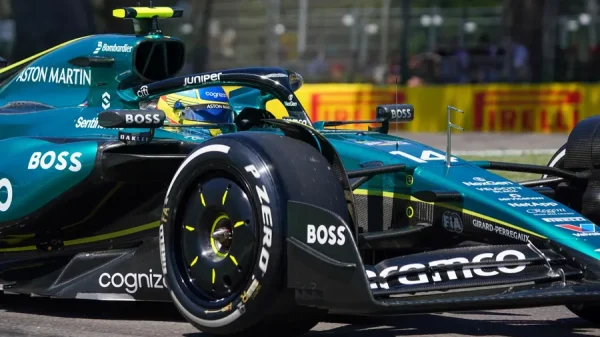The definition of a muscle car, traditionally seen as an American-made, two-door, V8-powered, high-performance vehicle derived from an affordable model, has been challenged by many notable exceptions throughout history.
Vehicles like the Boss 429, Boss 302, and Shelby Mustangs, while technically pony cars, capture the muscle car spirit. This definition is further broadened by high-performance cars beyond the U.S., such as the Australian Ford Falcon Cobra.
In the late 1970s, amidst stringent emissions regulations and an oil crisis in America, Ford Australia introduced the Falcon Cobra as a powerful model. To repurpose surplus XC Falcon Hardtop bodies, Ford Australia initially considered a Playboy-themed edition in 1978.
However, Edsel Ford II’s suggestion for a limited-edition Cobra model, inspired by American Shelby Mustangs, was ultimately approved, leading to the creation of a remarkable performance vehicle for its time.
Ford Falcon Cobra & Aussie Icons (Ford Motor Co)
The Falcon Cobra, introduced in 1972, featured bold design elements like Sno White paint with Bold Blue stripes, a front lip spoiler, and unique Cobra logos.
It was powered by either a 351-ci V8 producing 217 hp or a 302-ci V8 with 202 hp. Despite these modest figures compared to pre-1972 American muscle cars, the Cobra packed considerable power by 1978 standards.
Presently, enthusiasts hold the surviving Falcon Cobras, particularly the Bathurst specials, in high regard as some of the best muscle cars ever made.




































